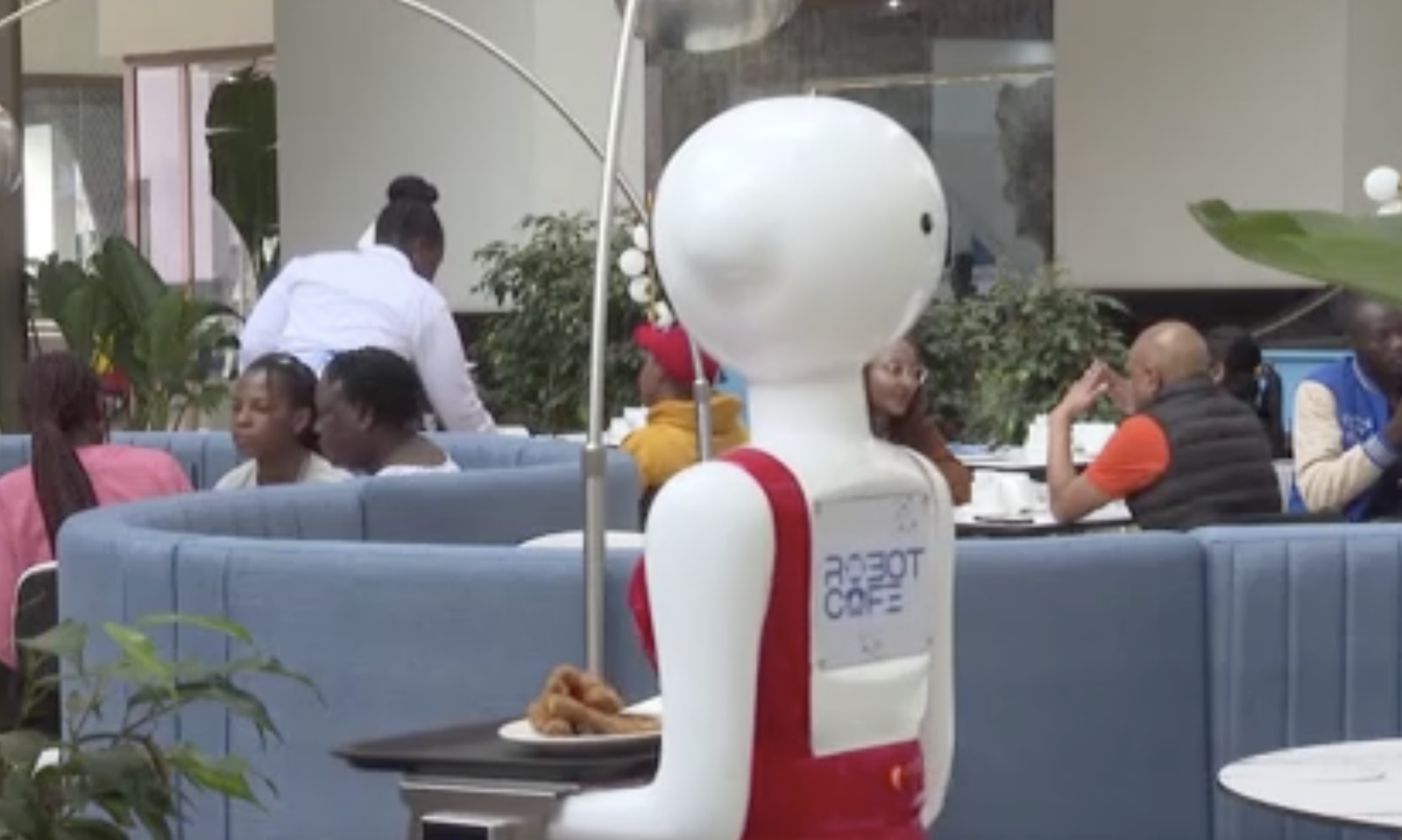At a new restaurant in Nairobi, robots named Nadia and Claire have become local celebrities, smoothly gliding between tables to deliver food. The two-month-old establishment uses these robots alongside human staff, especially during busy weekends when ten waiters and three robots handle the crowd.
Customers scan a QR code at their table to access the menu and place orders online. When the food is ready, a human waiter places it on a robot’s tray, and the robot delivers it after receiving commands via an iPad. After their shift, the robots are charged overnight and managed by a central command center with specialized software.
Robotic waiters aren’t new globally, with similar technology in use in countries like China, Japan, and the United States, but this is a first for East Africa. The novelty has attracted significant attention and enthusiasm from locals.
Packson Chege, a diner, notes that this is a unique experience in Kenya. However, the introduction of robots has raised concerns about job displacement in the hospitality industry. Manager John Kariuki reassures that the robots are primarily for entertainment and cannot replace the human touch needed in full service. He emphasizes that the robots are costly and not a means to save money but are intended to offer customers a taste of technology found in developed countries.
Edith Ojwang, a hospitality consultant, adds that the industry is diverse, with some customers preferring robotic service and others the warmth of human interaction, ensuring that robots do not pose a significant threat to human jobs.













Leave a Reply